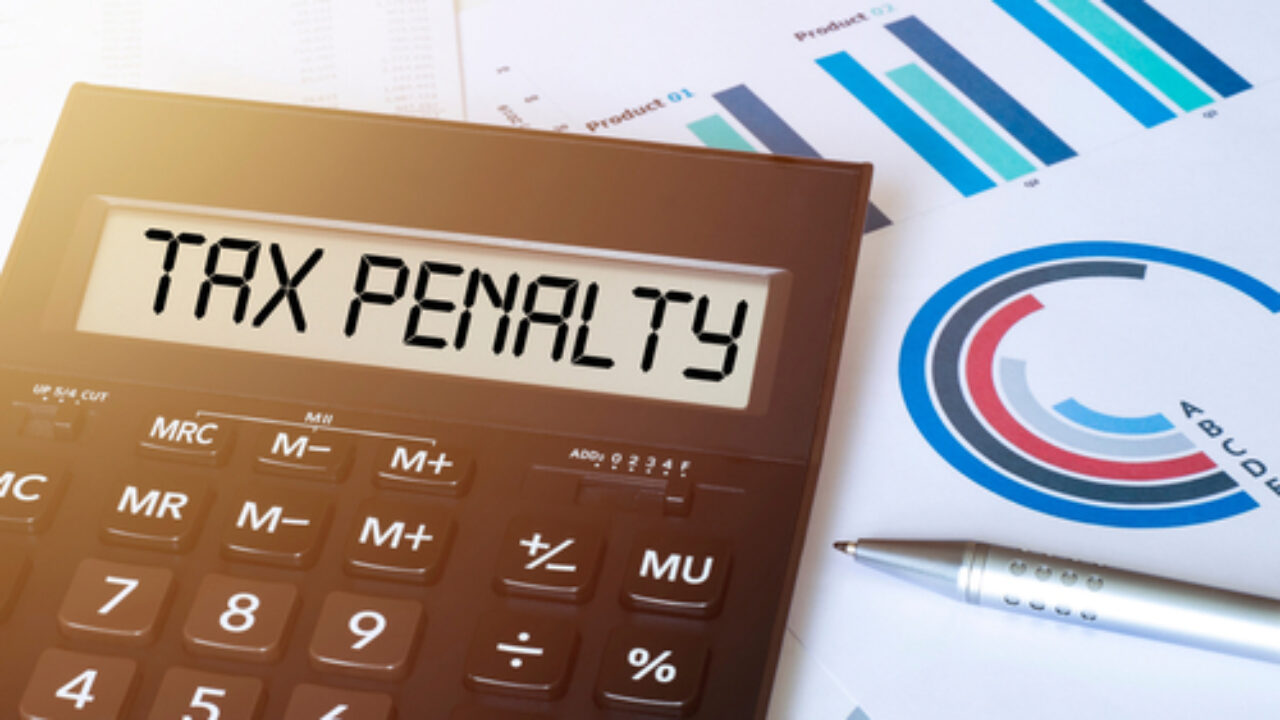Steps to Get Back on Track: Tax Resolution for Non-Filers

Filing tax returns is a legal obligation for every eligible individual. However, for various reasons, some people find themselves in a situation where they have failed to file their tax returns for one or more years. Falling behind on filing tax returns can be overwhelming, but it’s important to take proactive steps to get back on track and resolve any outstanding tax issues. In this blog post, we will outline important steps to help non-filers navigate the tax resolution process and regain compliance with the tax authorities.
Acknowledge the Issue
The first step towards resolving tax non-filing is acknowledging the situation. It’s essential to understand the consequences and potential risks of not filing tax returns. Non-filing can lead to penalties, interest, and potential legal consequences. By recognizing the problem, you can take control of the situation and begin the process of rectifying it.
Gather Necessary Documents
To file accurate and complete tax returns, you will need to gather all relevant financial documents for the years you failed to file. This includes income statements (W-2s, 1099s), bank statements, investment statements, and any other documentation related to your income and expenses. Organizing these documents will make the filing process smoother and more efficient.
Seek Professional Assistance
If you feel overwhelmed or unsure about how to proceed with tax resolution, seeking professional assistance is highly recommended. Enlist the help of a tax professional, such as a certified public accountant (CPA) or an enrolled agent (EA), who specializes in tax resolution. These professionals can guide you through the process, provide valuable insights, and represent you before the tax authorities, if necessary.
File All Outstanding Returns
Once you have the necessary documentation and professional guidance, it’s time to file all the outstanding tax returns. Prepare the returns accurately, ensuring that you account for all income, deductions, and credits applicable for each year. Depending on the number of years you missed filing, it may be beneficial to prioritize the most recent years to address any immediate concerns.
Address Tax Debt
When filing your outstanding returns, you may discover that you owe taxes for the years in question. If you cannot afford to pay the full amount owed, there are options available to address your tax debt. You can work with a tax professional to negotiate an installment agreement, which allows you to make monthly payments over time. Alternatively, depending on your financial situation, you may qualify for an offer in compromise, where the IRS settles your tax debt for less than the full amount owed.
Maintain Compliance Moving Forward
Once you have filed all outstanding returns and resolved any tax debt, it’s crucial to maintain compliance with your future tax obligations. Stay organized and keep accurate records of your income and expenses. Timely file your tax returns each year and pay any taxes owed promptly. Establishing good habits moving forward will prevent future issues and help you avoid falling behind on your taxes again.
Becoming a non-filer can be a daunting situation, but taking the necessary steps to resolve the issue is crucial. By acknowledging the problem, gathering the necessary documents, seeking professional assistance, filing all outstanding returns, addressing tax debt, and maintaining compliance moving forward, you can regain control of your tax situation. Remember, seeking professional advice and guidance throughout the tax resolution process can greatly improve your chances of a successful outcome. Don’t delay in taking action to rectify your non-filing status and ensure compliance with tax authorities.



